What makes furniture such a unique interior design element is how it combines form with function. The form is obviously important with any piece of furniture. You most likely wouldn’t put a rich brown leather Chesterfield couch in a Scandinavian interior (though nothing stops you from trying this out). But aside from style and design, furniture plays a huge role in the functionality of your room. Consider the aforementioned point about lifestyle. If you’re designing a living room for the whole family, putting in a lavish Chesterfield couch won’t do much. It’s not very comfortable for children, it’s not easy to move around in case you want to get the toys that rolled under it, and it’s not designed to be sat on for long periods of time.
By putting in a leather couch in your living room furniture layout, you’re making a statement. This statement is what dictates how the room is used. It won’t be used as a room for napping or lounging, but rather as a place where you and your adult company can sit down, relax, and have a conversation. On the other hand, if you have a very soft, plush sofa set, you’re statement is that this is a room for the whole family to feel free and relax however they see fit.
Another great example of how furniture creates functionality is the dining room table. These tables come in a myriad of shapes and sizes. But were you to choose one for your dining room set you’d need to ask an important question: what kind of events is this table and subsequently this room going to host?
If you’re looking for a more lavish dining room that denotes regency and luxury, you may go for a long, rectangular table, to give everyone plenty of room to sit across from one another and converse over dinner. But if you’re looking for something more family-oriented and intimate, a round table brings everyone together and invites everyone to participate in the same conversation equally. This changes the dynamic of the room, taking it from regent to something more rustic and cozy.
Focal Point
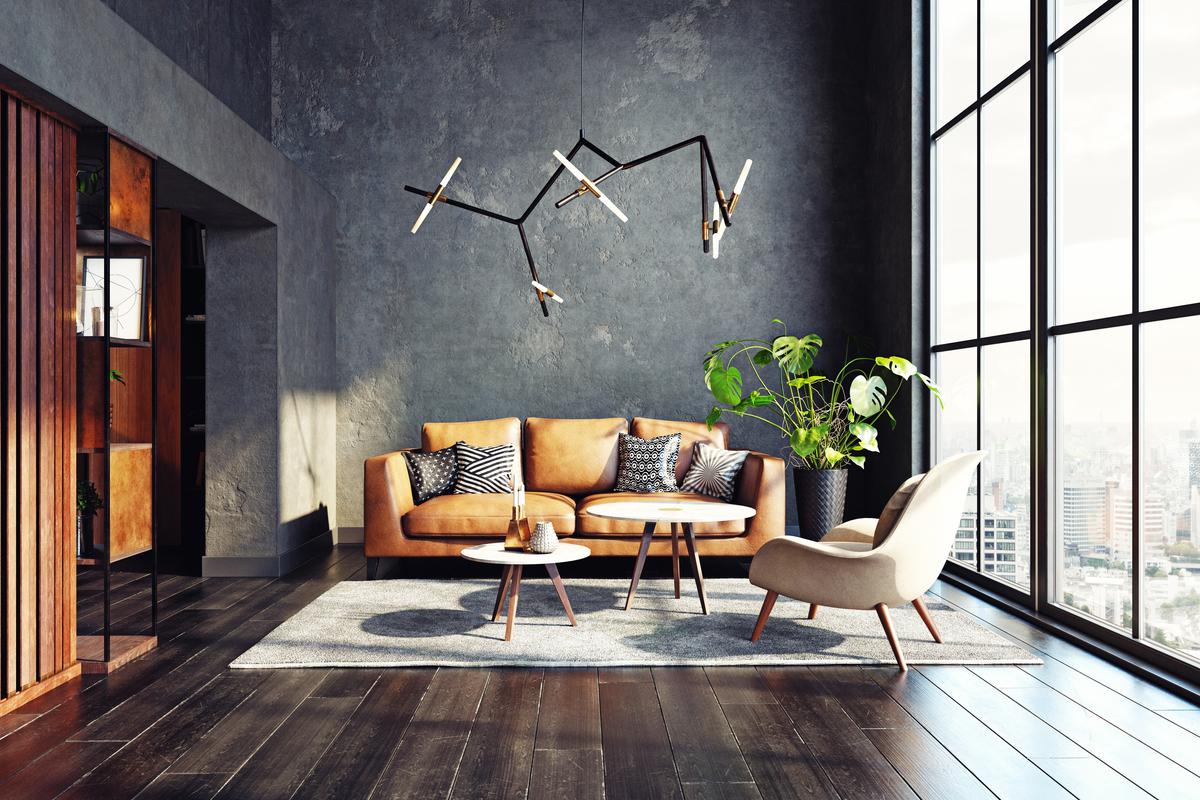
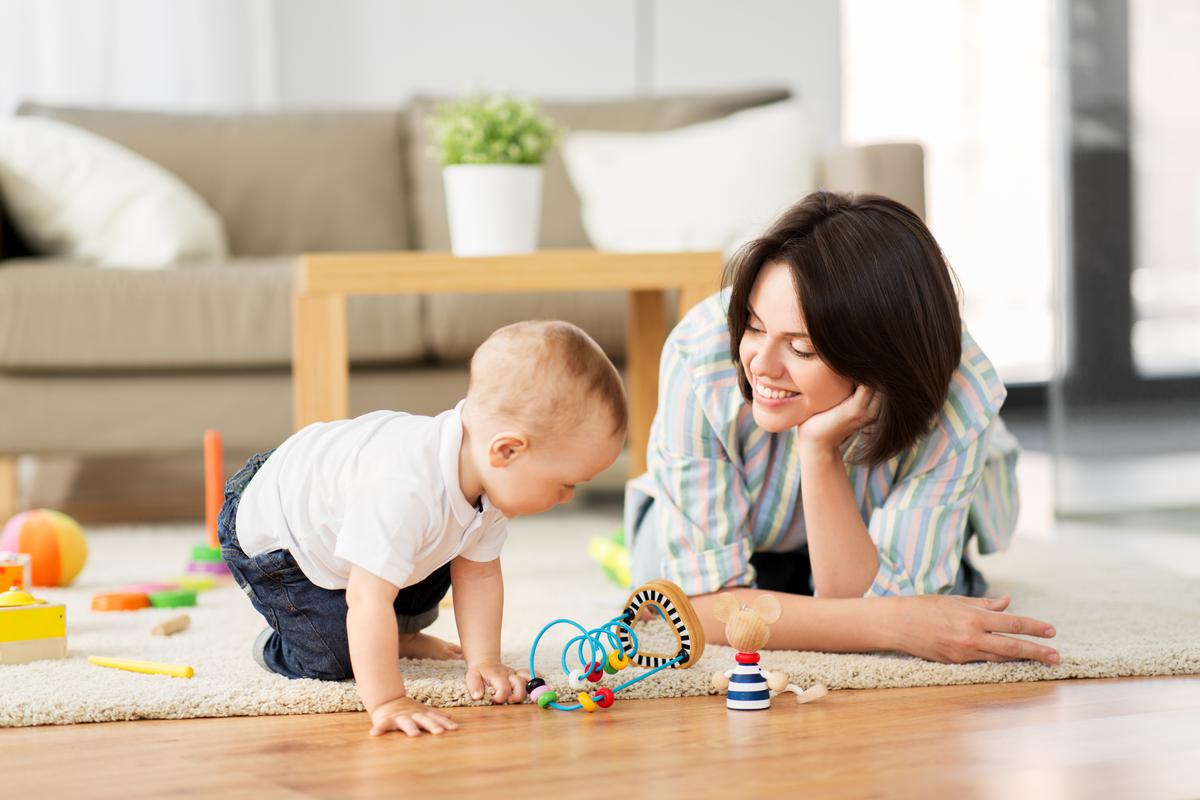
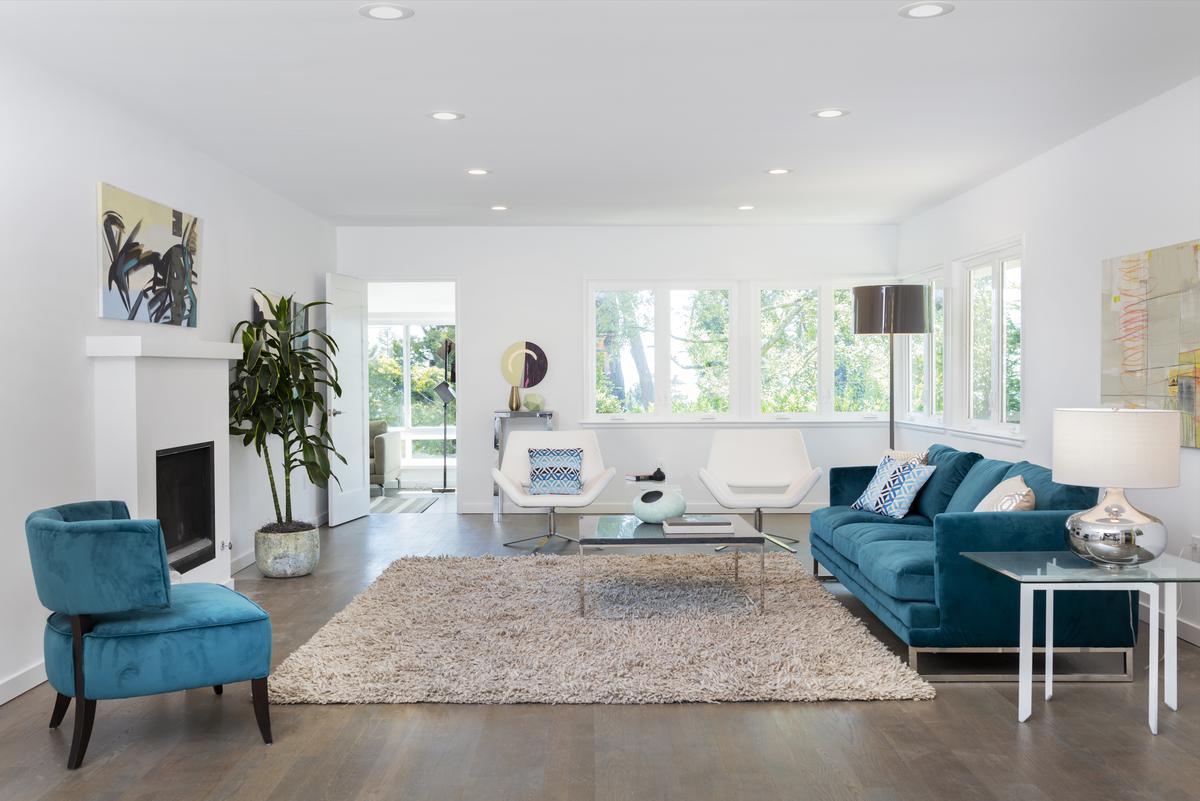
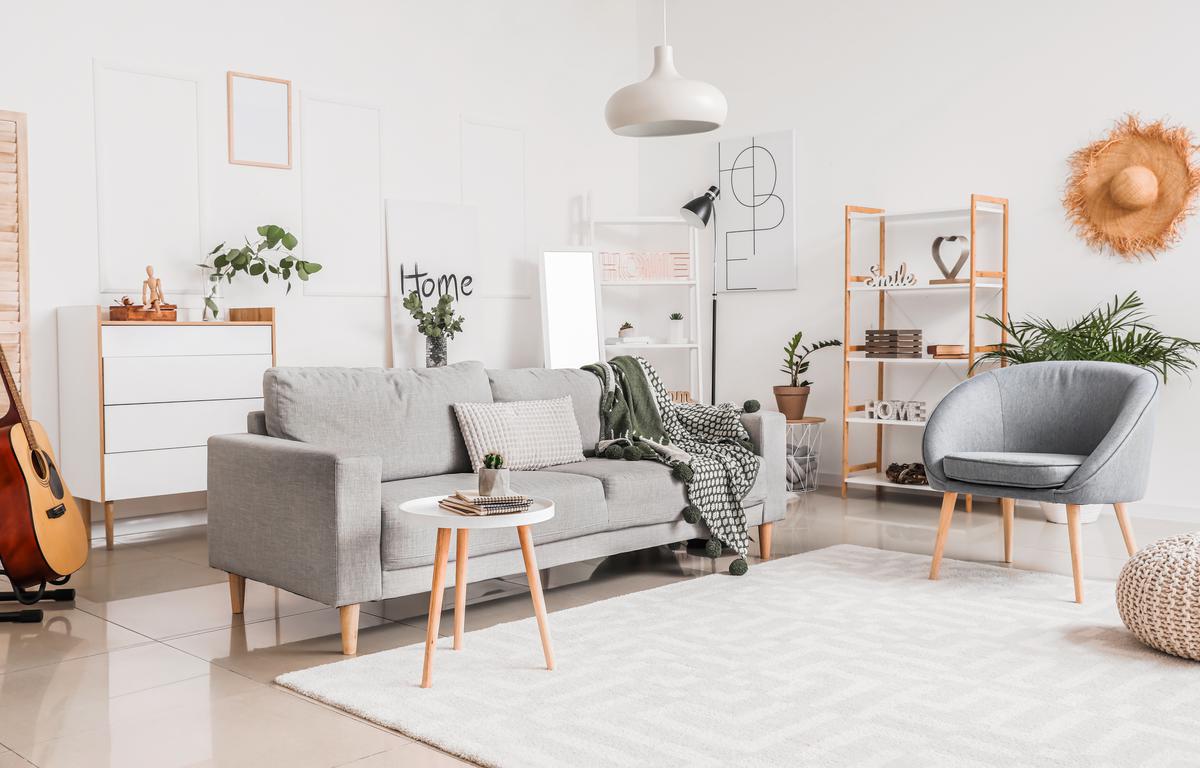
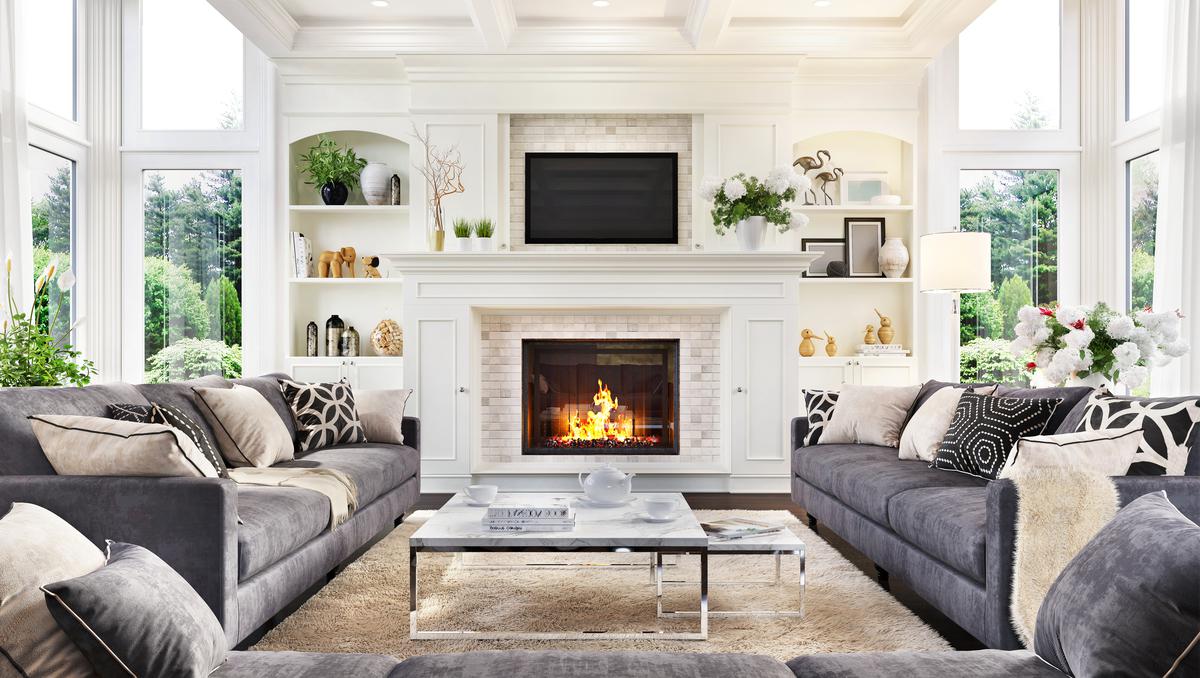
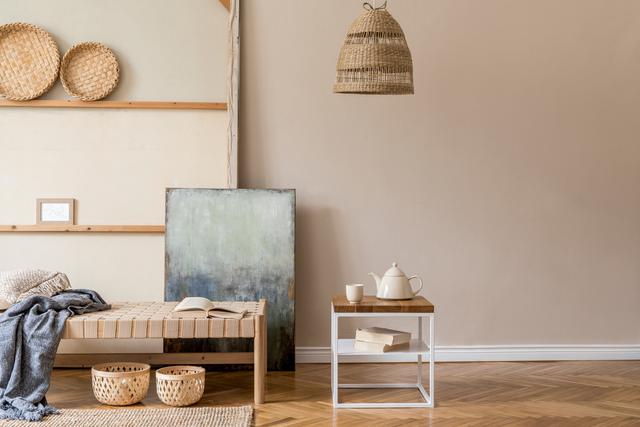
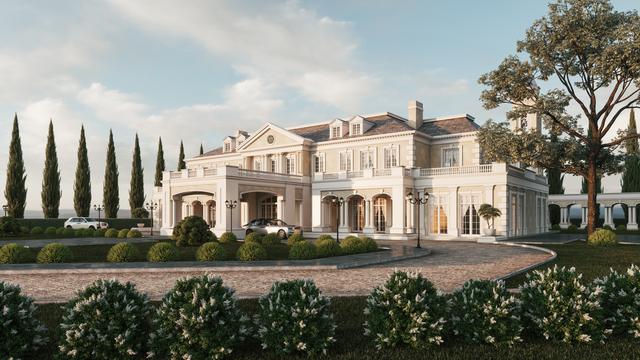
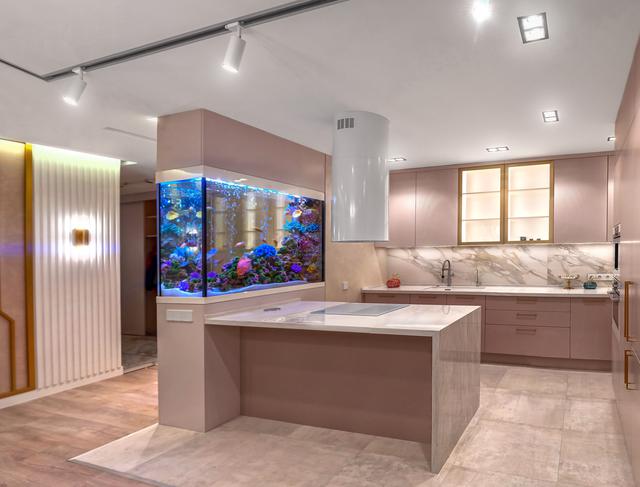
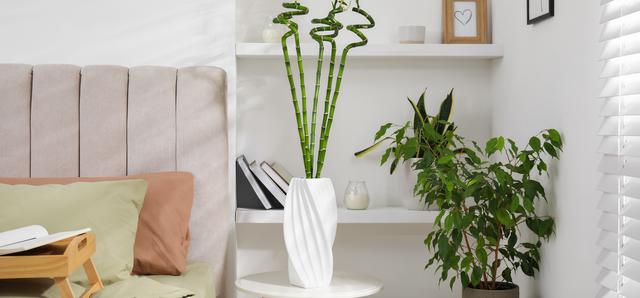
comments